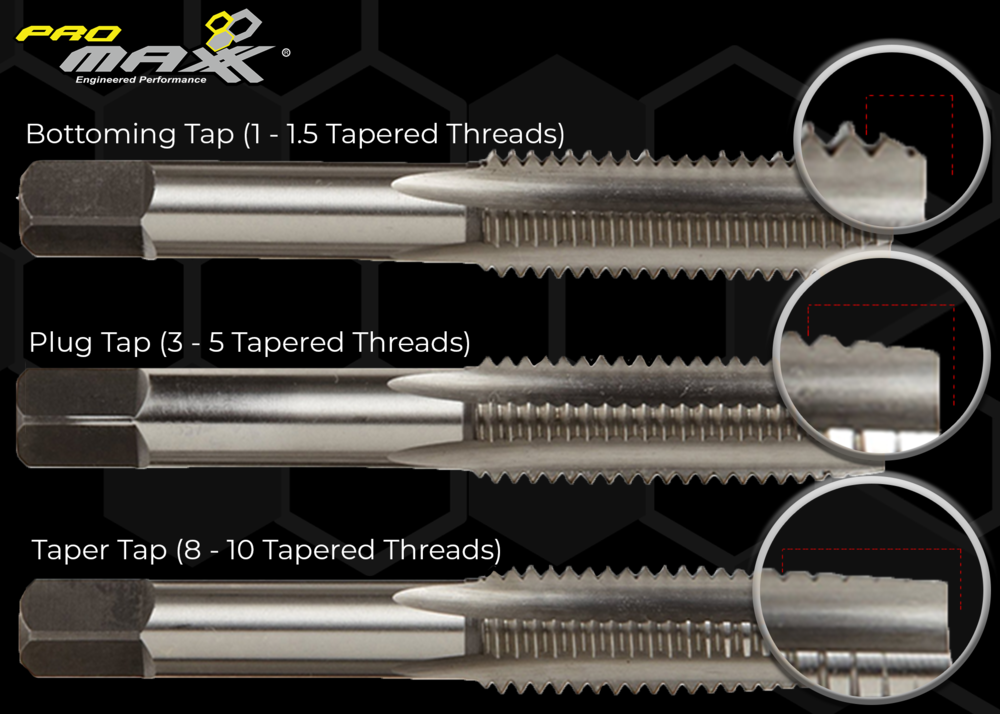I´m almost ashamed to ask this, as I should know !
I bought some taps (sets of three -TSP) from the local tool shop. The M6 were very cheap, worked OK but were Chinese. I went back for M4 and M5 and they were twice the price, albeit still cheap, but were German.
On using the M4s, I came to the conclusion that there were infinitesimal difference in size between the taper and plug that worked to my advantage. I had always thought that the difference between taper, second and plug lay in the grinding and the lead in taper. These seem to also give incremental differences when cutting the thread, involving definitely using all three for a full thread. This seems a good thing with small thread sizes as it puts less strain on the taps. Is this usual ?
I bought some taps (sets of three -TSP) from the local tool shop. The M6 were very cheap, worked OK but were Chinese. I went back for M4 and M5 and they were twice the price, albeit still cheap, but were German.
On using the M4s, I came to the conclusion that there were infinitesimal difference in size between the taper and plug that worked to my advantage. I had always thought that the difference between taper, second and plug lay in the grinding and the lead in taper. These seem to also give incremental differences when cutting the thread, involving definitely using all three for a full thread. This seems a good thing with small thread sizes as it puts less strain on the taps. Is this usual ?



































